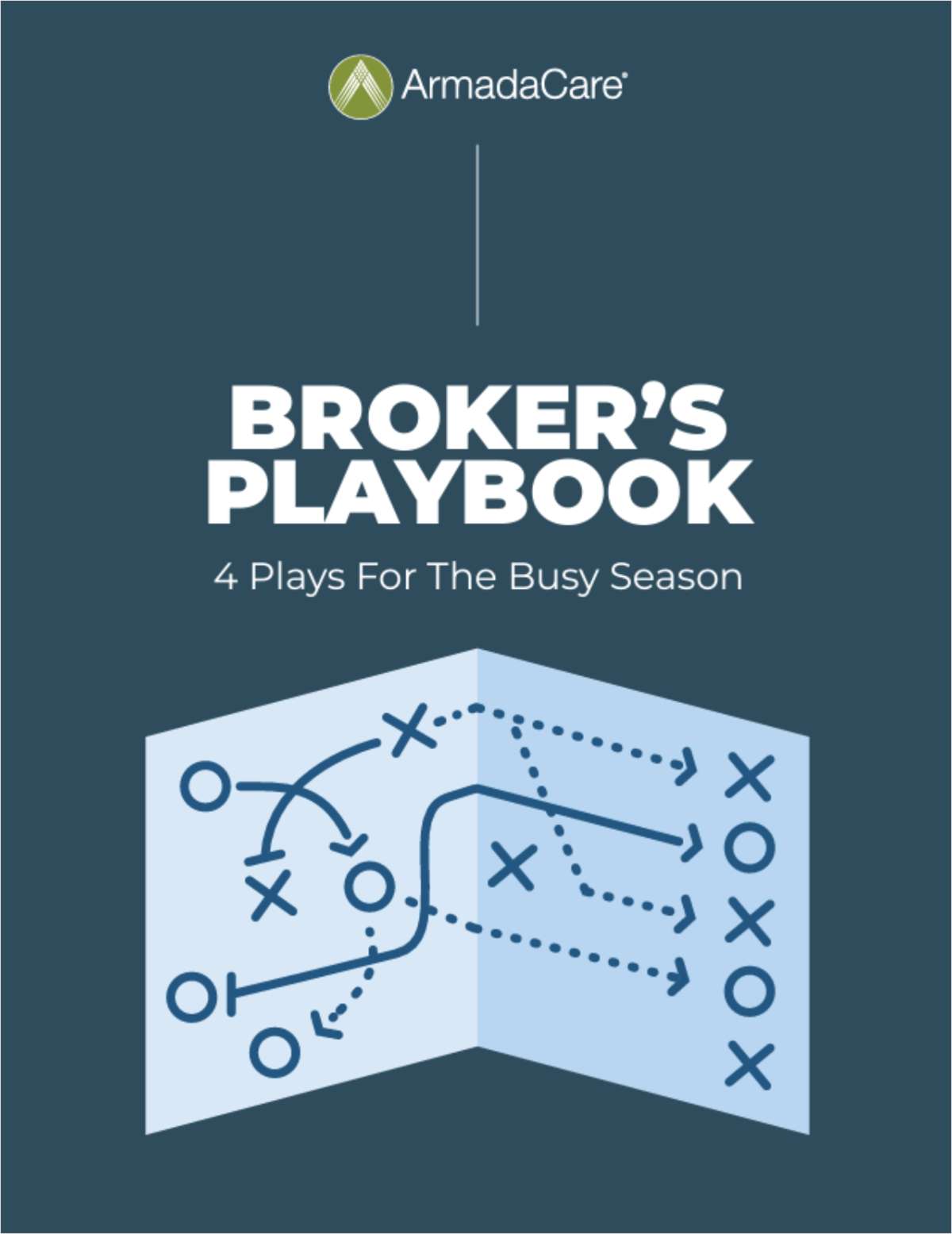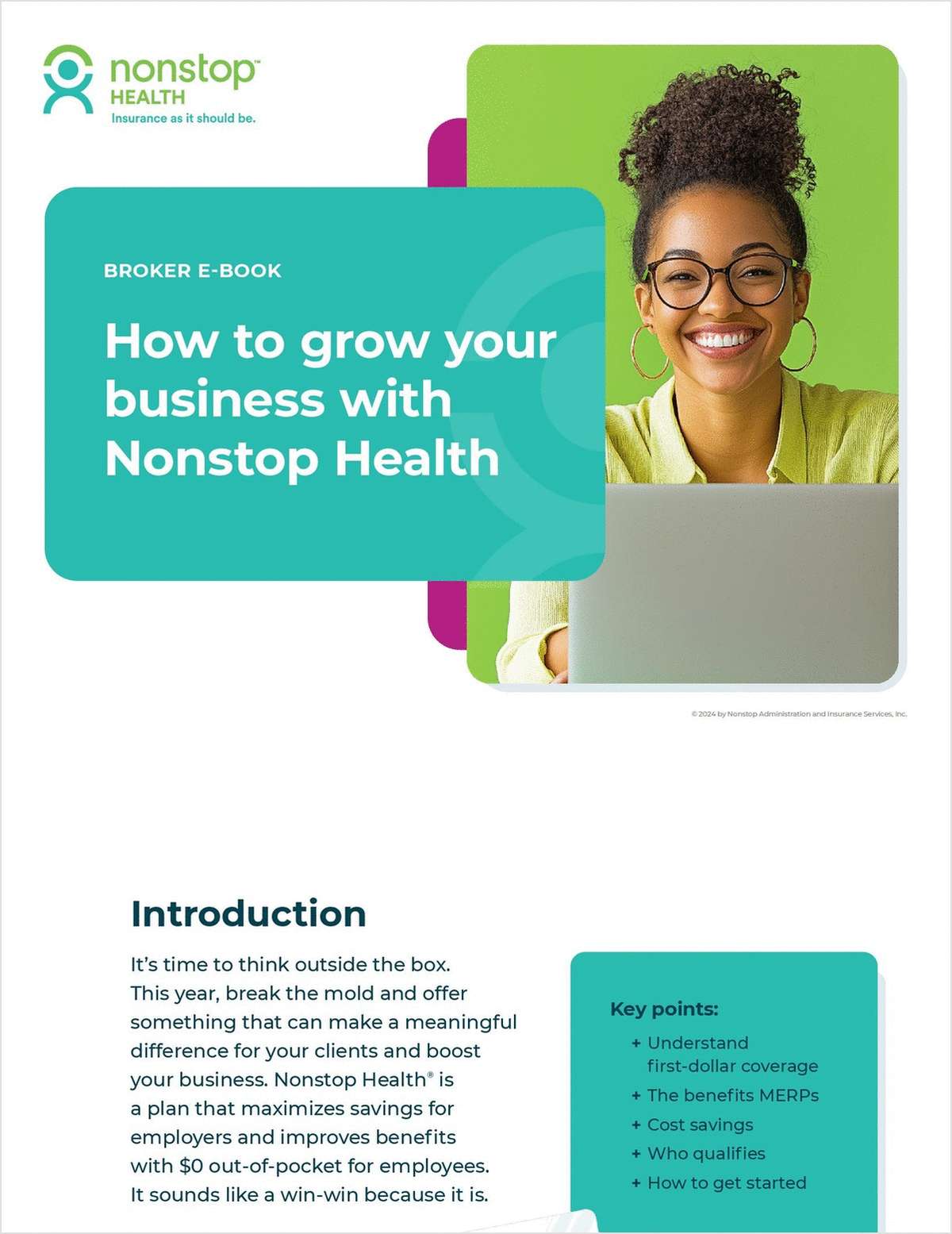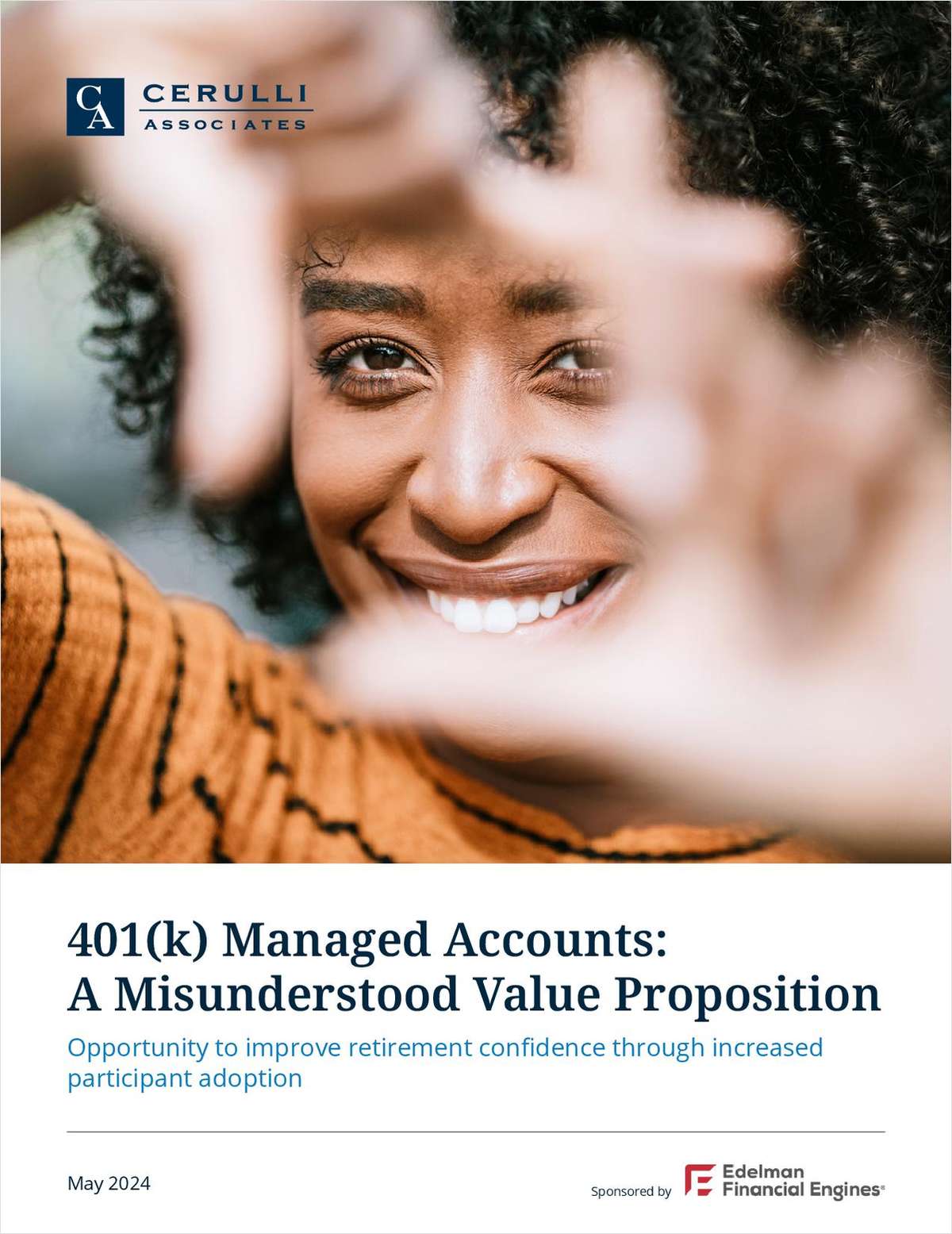The average funded status for pension plans was 92 percent to 95 percent in early 2014, according to research by Towers Watson. That's good news for defined benefit plan sponsors, but now is the time for employers to give some serious thought to the future of their plans, according to Paul Bosse, Kimberly Stockton and Nathan Zahm, defined benefit retirement plan experts at Vanguard.
The biggest thing plan sponsors need to do in light of the increase in funded status is to take action to retain their robust funding, while at the same time recognizing that funded status is a key influencer in decision-making going forward, Vanguard said.
Zahm, senior investment actuary for Vanguard, said that a good starting point for employers is to know their plan's maximum funding level. The maximum funding level is different from a full-funding target, where plan assets meet 100 percent of liabilities. It is the funding level where a plan sponsor will want to be in a very low risk, well-matched portfolio.
Continue Reading for Free
Register and gain access to:
- Breaking benefits news and analysis, on-site and via our newsletters and custom alerts
- Educational webcasts, white papers, and ebooks from industry thought leaders
- Critical converage of the property casualty insurance and financial advisory markets on our other ALM sites, PropertyCasualty360 and ThinkAdvisor
Already have an account? Sign In Now
© 2024 ALM Global, LLC, All Rights Reserved. Request academic re-use from www.copyright.com. All other uses, submit a request to [email protected]. For more information visit Asset & Logo Licensing.








